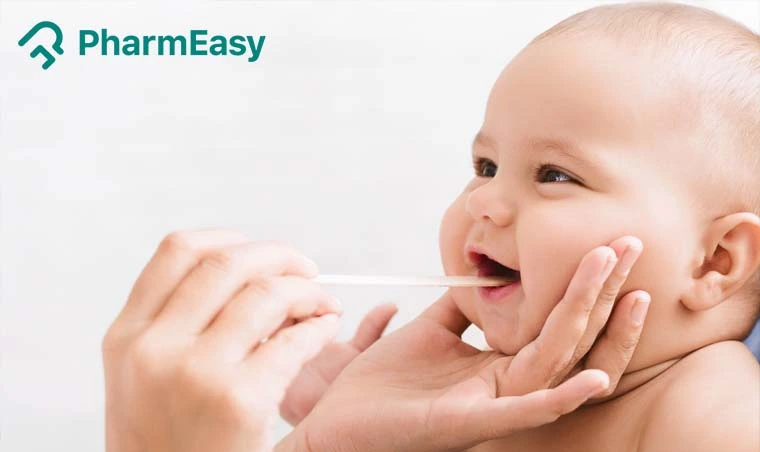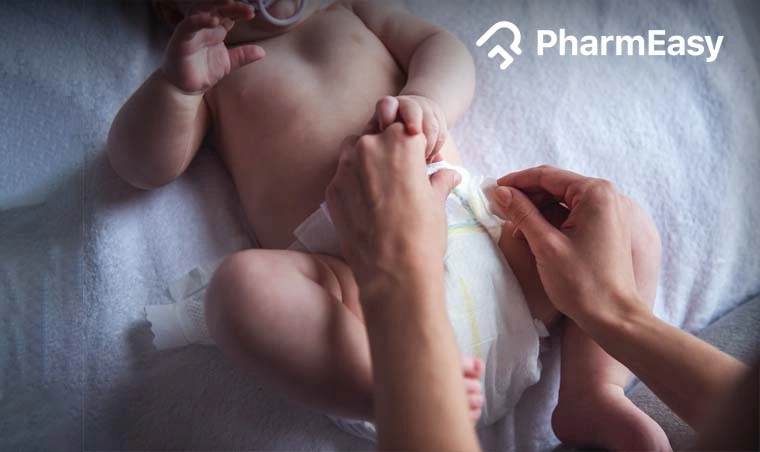Betadine 10% Ointment
Description
Betadine 10 ointment is a topical antiseptic containing povidone-iodine, an active ingredient used against a wide spectrum of microorganisms, including bacteria, viruses, and fungi. It is primarily used as a first-aid measure to treat and prevent infections associated with minor skin conditions such as cuts, scrapes, abrasions, and minor burns. Povidone-iodine works by entering microbial cells and disrupting cellular function through the oxidation of key components, ultimately leading to cell death and preventing microbial growth.
You should use Betadine 10 ointment exactly as directed by your healthcare professional. A thin layer is applied to the clean, affected area 2-3 times daily, and you may cover the area with a sterile bandage if necessary. It is important to wash your hands before and after applying the medicine. Avoid heating the medicine before use, and do not apply it to large areas of the skin or to severe burns without a doctor's instructions, as there is a risk of excessive iodine absorption into your bloodstream.
It is contraindicated if you have a known allergy to povidone-iodine or any other ingredient in Betadine 10 ointment, or if you have a thyroid disorder such as goitre or Hashimoto's disease. You should also not use it if you are taking medicine containing Lithium. Use is not recommended during pregnancy or while breastfeeding, as the iodine may be absorbed and could increase iodine levels in breastmilk, potentially causing thyroid issues in a breastfed infant.
If you experience side effects such as a rash, itching, burning, irritation, or blisters, discontinue use and consult a healthcare professional. You should not use this medicine for longer than one week without seeking medical advice. If you are due for a routine thyroid lab test, be aware that this medicine may affect the results. If you accidentally ingest the ointment or overapply it excessively, contact your doctor immediately.
A few other medicines with povidone-iodine as their composition are Povidot ointment.
Product Summary
| Offer Price | ₹59.85 |
| You Save | ₹25.65 (30% on MRP) |
| Contains | Povidone-Iodine(10.0 %W/W) |
| Uses | Wounds, cuts, and ulcers |
| Side effects | Rash, itching, burning, irritation, blisters |
| Therapy | ANTISEPTIC |

 Povidot 10% Tube Of 15gm OintmentBy Leeford Healthcare Ltd15g Ointment in TubeMRP 70.00₹ 52.5046% CHEAPER₹ 3.50/Gram
Povidot 10% Tube Of 15gm OintmentBy Leeford Healthcare Ltd15g Ointment in TubeMRP 70.00₹ 52.5046% CHEAPER₹ 3.50/Gram
Uses
Contraindications
- If you are allergic to Povidone Iodine or any other ingredient of Betadine 10 ointment
- If you have a thyroid problem such as goitre or Hashimoto's disease (a thyroid disease).
- If you are taking a medicine containing Lithium, used for the treatment of a brain-related disorder.
Side effects
- Rash
- Itching
- Burning
- Irritation
- Blisters
Precautions and Warnings
Pregnancy
Breast Feeding
Driving
Alcohol
Other General Warnings
- You experience allergies or skin reactions after using this ointment, discontinue the treatment and talk to your doctor.
- Your skin is burnt or cracked because there is a chance of iodine absorption in toxic doses in your blood.
- You are going for any routine lab test for thyroid, as this medicine may affect the results.
Directions for Use
- Use Betadine 10% ointment as directed by your doctor.
- Gently clean the affected area and let it dry.
- Wash your hands before and after using this ointment.
- Apply a small amount of ointment to the affected area.
- Let dry and cover with a sterile bandage if required.
Storage and disposal
- Store Betadine 10% ointment at room temperature.
- Keep it out of the reach of children and pets.
Quick Tips
- Betadine 10 ointment is an antiseptic and disinfectant used to treat and prevent infections in wounds and cuts. It should be used externally as prescribed by a doctor.
- Avoid contact with eyes or sensitive skin areas. Do not use Betadine 10 ointment on children below two years of age, on the eyes, or for prolonged periods.
- Betadine 10 ointment should not be used for longer than a week without consulting a doctor, and discontinue use if you experience side effects like fever, nausea, or headaches.
- Betadine 10 is not recommended for pregnant or breastfeeding women due to potential iodine absorption by the baby.
- While generally safe for daily use as directed, consult your doctor if there is no improvement after one week.
- For deep wounds, puncture wounds, or lacerations, seek medical advice before using Betadine 10.
Dosage
Overdose
- Since Betadine 10% ointment is meant only for external applications, overdose cases are unlikely. However, contact your doctor immediately upon accidental ingestion or visit the nearest hospital. If you have overapplied it, wipe out the excess ointment with a clean tissue or cotton....
- Excessive use of it for a prolonged duration is not advised. If there is no improvement in your infection or wound, contact your doctor.
Missed a Dose
Mode of Action
How Does It Work?
Interactions
Interactions with other medicines
Interactions with food items
Content Details
Dr. Arpit Verma
MBBS, MD, CCEBDM Diabetology
Dr. Ritu Budania
MBBS, MD (Pharmacology)
Frequently Asked Questions (FAQs)
Q: Can I use Betadine for burns?
Q: What is Betadine 10% ointment used for?
Q: Can we use Betadine for children?
Q: How does Betadine work?
Q: For how many days should I use Betadine?
Q: Is Betadine ointment an antibiotic?
Q: How many times can Betadine be applied?
Q: When should you not use Betadine?
Q: Can I use Betadine ointment for skin wounds and abrasions?
Q: Can I use Betadine for lacerations or open wounds?
Q: Why is it important to use antiseptic for wounds?
Q: Does Betadine ointment cause peeling skin?
Q: Betadine ointment vs cream, are they the same?
Q: Betadine ointment vs T Bact ointment, which one is better?
Q: Betadine vs Cipladine, are they the same?
Q: Betadine vs Fucidin, which one is better?
Q: Betadine vs Soframycin, which one is better for cuts and burns?
Q: Does Betadine ointment heal wounds faster?
References
- Betadine 10% ointment [Internet]. Hpra.ie. 2025 [cited 27th Oct 2025]
- CDSCO [Internet]. Cdscoonline.gov.in. 2025 [cited 27th Oct 2025]
- Povidone Iodine [Internet]. Ncbi.nlm.nih.gov. 2025 [cited 27th Oct 2025]
- Betadine [Internet]. Betadine.com. 2025 [cited 27th Oct 2025]
- Drugs and Lactation Database (LactMed®) [Internet]. Bethesda (MD): National Institute of Child Health and Human Development; 2006-. Povidone-Iodine. 2025 [cited 27th Oct 2025]
- NEW Betadine Antiseptic Sore Throat Gargle [Internet]. Betadine.com. 2025 [cited 27th Oct 2025]
- Betadine Gargle and Mouthwash 10mg/ml Oral Solution [Internet]. Hpra.ie. 2025 [cited 27th Oct 2025]
Did you find this medicine information helpful?
Please rate your experience
Other Products from this Brand
- BETADINE 2% MINT FLAVOUR BOTTLE OF 100ML GARGLE
- BETADINE 10% BOTTLE OF 100ML SOLUTION
- BETADINE 10% TUBE OF 20GM OINTMENT
- BETADINE 5% TUBE OF 125GM OINTMENT
- BETADINE 5% BOTTLE OF 10GM MICROBICIDAL SPRINKLING POWDER
- BETADINE 10% BOTTLE OF 500ML SOLUTION
- BETADINE 200MG STRIP OF 10 VAGINAL PESSARIES
- BETADINE 5% TUBE OF 25GM OINTMENT
- BETADINE 7.5% SCRUB 50ML
- BETADINE 5% SQUAT JAR OF 250GM OINTMENT























